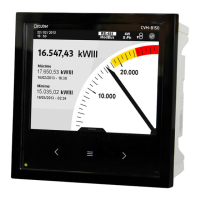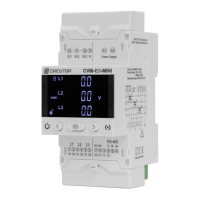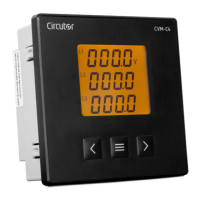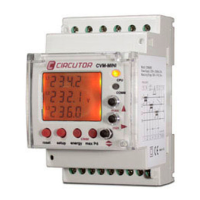Table 9 (Continuation): Measuring parameters of the CVM-C11 (2-1Ph installation).
Parameter
2-1Ph
L1 N III ∑ MAX MIN
Maximum Demand of Active power
- - - C C -
Maximum Demand of Apparent Power
- - - C C -
Maximum Demand of inductive Reactive Power
- - - C C -
Maximum Demand of capacitive Reactive Power
- - - C C -
Table 10: Measuring parameters of the CVM-C11 (Global).
Parameter T1 T2 T3 ∑
Active Energy - Consumption C C C C
Active Energy - Generation C C C C
Apparent Energy - Consumption C C C C
Apparent Energy - Generation C C C C
Inductive Reactive Energy - Consumption C C C C
Inductive Reactive Energy - Generation C C C C
Capacitive Reactive Energy - Consumption C C C C
Capacitive Reactive Energy - Generation C C C C
Cost - Consumption C C C C
Cost - Generation C C C C
CO
2
Emissions - Consumption C C C C
CO
2
Emissions - Generation C C C C
No. of hours C C C C
4.1.1.- THD CALCULATION
The device can calculate the Total Harmonic Distortion (THD) using the fundamental component of the
signal (THD) or the effective component (RMS) (thd).
For example, the equations for the calculation of the Total Harmonic Distortion of Voltage are:
=
Where V
1
= Is the fundamental component.
=
=
Where V
RMS
= is the effective component (RMS).
The calculation method to be used by the device is selected in the configuration menu, see “6.13.- THD
CALCULATION”.
21
Instruction Manual
CVM-C11

